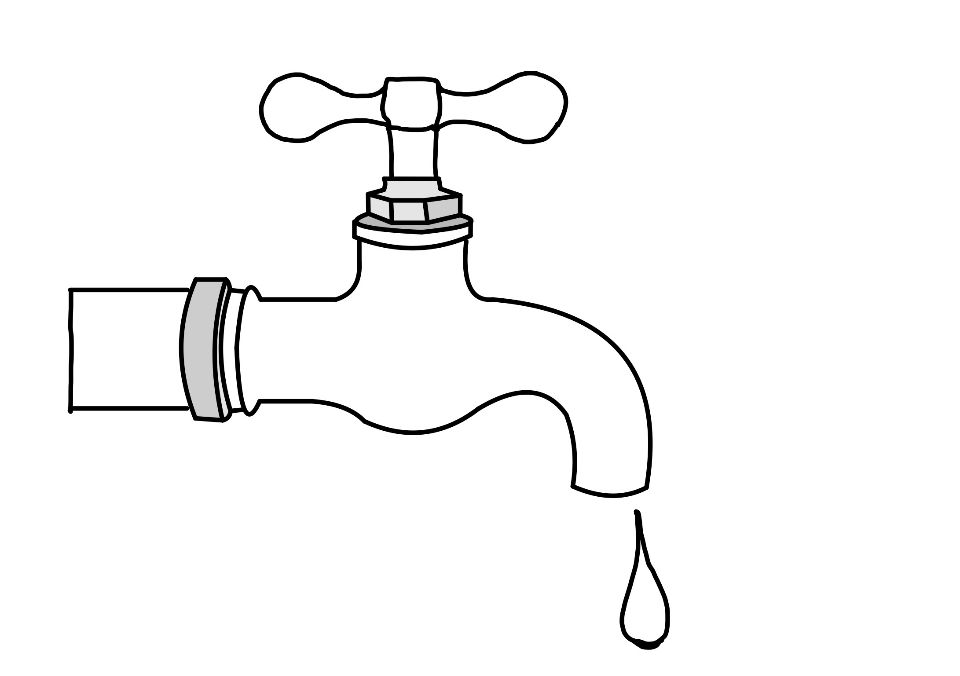The community, society, and industry need water for different uses. Wate demand is the accurate estimation of total water. The unit of Water demand is LPCD ( liters per person per day). While planning the water supply scheme for an area, it is essential to determine the total water required for a different purpose.

Various types of water Demand
There are many variable factors affecting water consumption. So it is tough to assess the public water demand precisely. To determine the quantity of water certain thumb rules and empirical formulas are available. Each formula is available for a particular use. Various types of demand are
- Domestic water demand: Water require for different household activities.
- Industrial water demand: represents the industry’s need.
- Other water demand: Institution and commercial use.
- Public Demand: Demand for public uses
- Urgent Demand: Fire demand
- Water requires to compensate for losses in waste and thefts.
Domestic water demand
Domestic Water demand includes the water required for drinking, cooking, bathing, lawn sprinkling, gardening, sanitation purpose, etc. It depends upon habits, social status, and climatic conditions of people. As per IS 1172-1993, the domestic consumption varies from 135 lpcd- 200 lpcd depending upon the economic situation and full flushing system. Minimum Domestic water consumption for Indian towns and cities with full flushing system and the Weaker section as per IS 1172-1993
Industrial Water Demand
It represents the need of industries, either existing or likely to start in the future. This quantity will thus vary with the number and types of industries present in the city. For small-scale industries, in general, it is 50 lpcd. In industrial cities, the per-capita water requirement is 450 lpcd.
Institutional and Commercial Water Demand
It includes the use of institutions, such as hospitals, hotels, restaurants, schools and colleges, railway stations, offices, etc. This quantity will certainly vary with the nature of the city and with the number and types of commercial establishments and institutions present in it. It varies from 20 lpcd to 50 lpcd.
Demand for Public Uses
This includes Watering in a public park, gardening, washing, sprinkling on roads, use in a public fountain, etc. In India, generally, public demand is zero. It is less than $5%$ of total consumption. Demand for public use is 10 lpcd
Fire Demand
It is the amount of water required for firefighting purpose in case of a fire break out in an area. This water is required to be available at a pressure of about 100 to 150 $text{kN/m}^2$or 10 to 15m head of water. If the population is less than 50000 fire demand is not calculated. For larger city fire demand was calculated. there are various formulas available to calculate the fire demand
- Kuichiling’s Formula $Q=3182\times \sqrt{P}$ where, Q= water required in lit/min P= Population in 1000s
- Freeman Formula $Q=1136\times [p/10 +10]$
- National Board of Fire Under Writers Formulas 1. when the population is less than or equal to 200000, $Q = 4637 \times \sqrt{P} \times [1 – (0.01\sqrt{P})]$
- Buston’s Formula $Q = 5663 \times \sqrt{P}$
Water required to compensate for losses in waste and thefts
This includes water loss in leakage due to bad plumbing or damaged meters, stolen water, and other losses and wastes. It is taken as 15% of the total consumption.
Conclusions
Water demand is represented as per capita. per capita water demand= (Total yearly requirement of the city in liters/ (365 times Design population)). The per capita water demand is 335 lit/ hour/ day.
- Domestic water demand: Water required for different household activities is approx 200 lpcd.
- Industrial water demand: this represents the need of the industry, and it is 50 lpcd.
- Other water demands: Institution and commercial use is 20 lpcd.
- Public Demand: Demand for public uses is 10 lpcd
- Urgent Demand: Fire demand depends upon the size and population of the city.
- Theft: Water requires to compensate losses in wastes and thefts is 55 lpcd..

Android Apps
⭐️ ⭐️ ⭐️ ⭐️ ⭐️ 1000+ | 400,000 + Downloads (Cumulative)
At eigenplus, our goal is to teach civil engineering students about structural analysis and design starting from the fundamental principles. We do this with the help of interactive android applications and accompanying web articles and videos.
Our apps have helped more than 400 thousand students across the world to understand and learn the concepts of structural engineering. Check out our apps on the google play store.
This article was crafted by a group of experts at eigenplus to ensure it adheres to our strict quality standards. The individuals who contributed to this article are:
Author

Suprabha Panda
M.Tech
She is an assistant professor with masters in Environmental Engineering.

